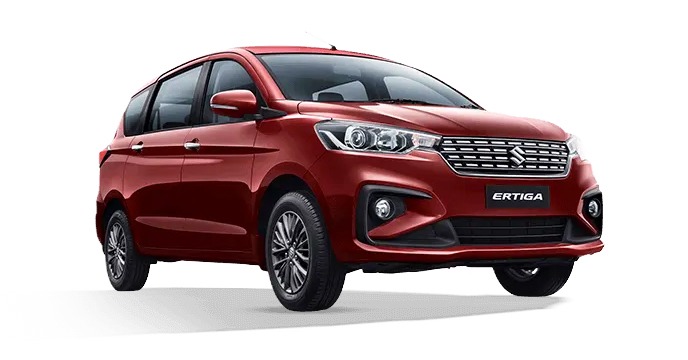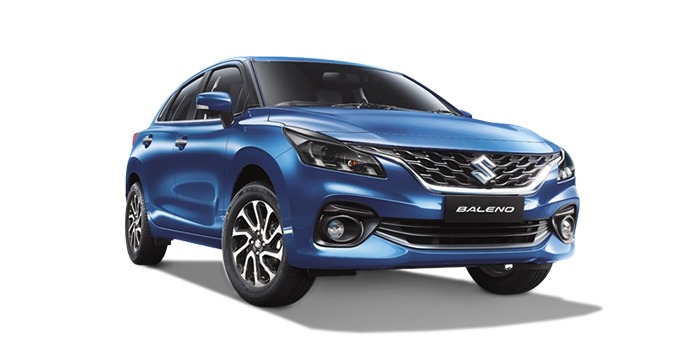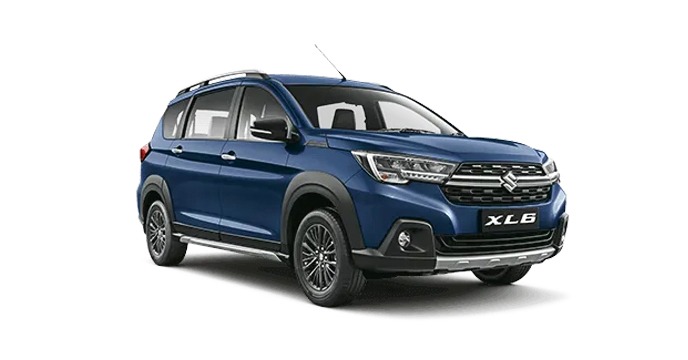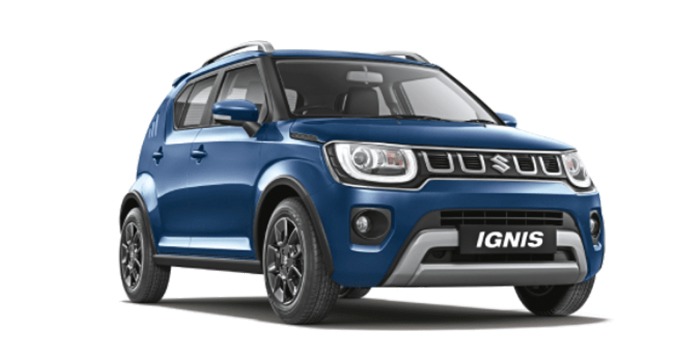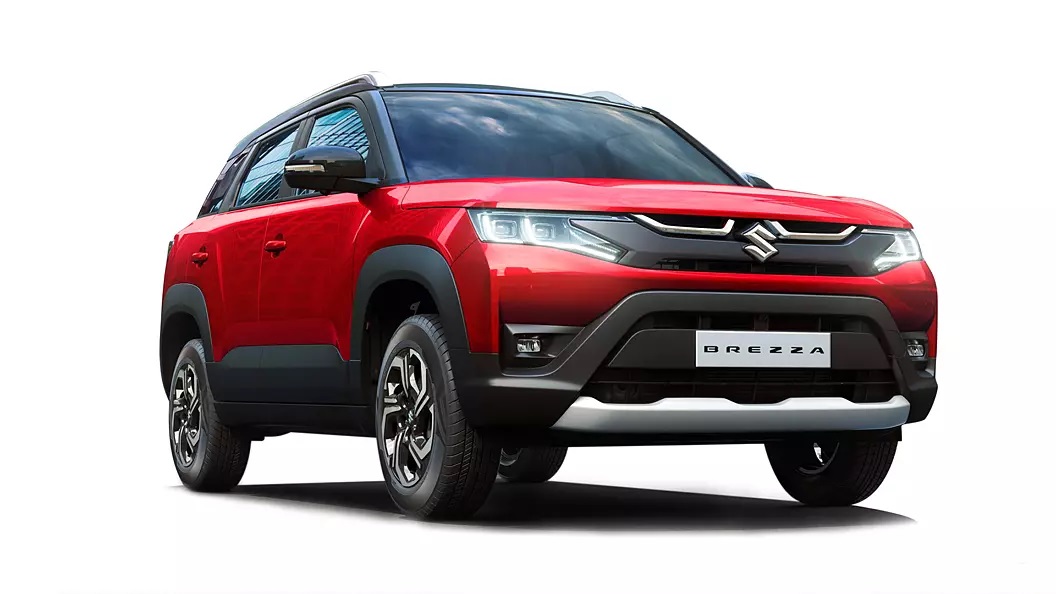How to Perform a Basic Vehicle Inspection For Your Car?
How to Perform a Basic Vehicle Inspection For Your Car?

Regular vehicle checks are important for making sure that your car is safe, well-maintained, and lasts a long time. Doing regular checks is important to keep you and your guests safe while you're driving. When these checks are done, they help find possible problems before they get worse. Regular maintenance can make your car run better, use less gas, and last longer, which will save you money on fixes and replacements in the long run.
How to Perform a Basic Vehicle Inspection For Your Car
During the process, important parts of the car are checked, such as the brakes, the suspension, the outside, the inside, and a test drive. Looking at these parts in great depth will help you keep your car in great shape and make sure you have a smooth, trouble-free driving experience. Let’s “drive” into the basics of a basic vehicle check so that you can keep your car running at its best.
Exterior Inspection
Tires
A gauge can make sure the tire pressure is the same as the manufacturer's suggestions for the best driving and gas mileage. Checking for enough grip can be done with a tire depth gauge or the penny test. A lack of tread can be dangerous, especially when wet. Looking at cracks, bulges, or odd wear patterns in the tires could mean that the alignment or suspension isn't working right.
Lights
Properly working headlights, taillights, brake lights, and turn signs are basic car safety checks. Safety depends on having the right lights, especially at night or when the weather is bad. Malfunctioning lights can put people in danger and lead to fines.
Windows and windscreen
Minor chips can get bigger over time, which can require expensive fixes. Make sure your view isn't blurry. Ensure the wipers are in good shape. Ill-maintained windscreen wipers can make it hard to see in the rain, which can be dangerous for drivers. The windscreen should be cleaned well without streaks.
Check for dings, scratches, or rust
Even if small scratches don't seem important, rust can spread and weaken the car's structure if it's not fixed ASAP. Waxing and washing your car regularly can help protect the paint and body from damage from the elements, keeping it looking brand new.
Pop the Hood
There are certain basic inspections you must conduct under the car hood. Always make sure there is enough oil, coolant, brake fluid, power steering fluid, and windscreen washer fluid. Maintaining the right levels of these fluids will keep your engine running easily, keep it from getting too hot, and make sure that the brakes and steering work well. Check to see if the battery has any rust and that the connections are tight. A good battery is important for starting the car and making it run well generally. To keep an electrical link strong, clean up any corrosion.
Verify that the belts and hoses don't have any cracks, tears, or leaks. The engine and other parts of your car depend on these parts to work right. Breakdowns and expensive fixes can be avoided by replacing worn-out belts and hoses.
Interior Inspection
- The dashboard warning lights should be checked to ensure that they are all operating properly. In order to prevent any problems from becoming more severe, correct any warning lights as soon as possible.
- You should make sure that all of the seat belts are functioning correctly. For the purpose of ensuring safety, check for any evidence of wear or damage.
- Examine and adjust all of the mirrors, including the side and rearview mirrors, to ensure that visibility is maximized. Examine the area for any fractures or damage that would make it difficult to see.
- Test all of the controls, including the horn, the heater, the air conditioner, and the information and entertainment system. Examine the electronic components.
- In order to ensure that the driving experience is both enjoyable and safe, it is imperative that all electronic components are operating as intended.
Brakes and Suspension
To make sure your car handles well and stays safe, you should check the brakes and suspension often. Try pressing the brakes at different speeds to see how responsive they are. Also, listen for any strange sounds, like squeaking or grinding, that could mean the brake pads are worn out or something else is wrong. If your brakes work right, they should be able to stop you quickly and smoothly.
For the suspension, look for signs of damage or wear, like uneven tire wear, a bumpy ride, or pulling to one side. These could all be signs of trouble. Check the springs, struts, and other parts of the suspension for cracks, leaks, and other damage that you can see. Checking the brakes and suspension on a regular basis will help keep the driving smooth and under control.
Take Your Car Out For a Test Drive
- Engine Performance: Listen for any strange noises that may be coming from the engine. It is important to ensure that the acceleration is smooth; the engine should respond fast and without any noise.
- Handling and Steering: Check if the steering possesses a responsive feel. It should be easy to control the vehicle, and it should not veer off course in any way.
- Braking: Using the brakes, check the effectiveness of the brake system. It is important to test the reactivity of the brakes by applying them at a variety of speeds; the vehicle should come to a halt without any vibrations or pushing to one side.
Inspections of your vehicle should be performed on a regular basis in order to ensure its continued safety and to extend its lifespan. Your ability to recognize and address possible difficulties before they become serious problems is directly correlated to the frequency with which you check critical components. This preventative strategy guarantees that your vehicle will continue to be dependable and efficient, thereby lowering the likelihood of unanticipated failures and expensive repairs.
Instead of waiting for problems to arise, you should conduct routine inspections and seek the assistance of a professional if you discover any problems. Do not forget that a well-maintained automobile is a safe car. We hope that this detailed advice on how to perform a basic vehicle inspection for your car will be of assistance to you in maintaining the state of your car in the best possible shape.
Check out the nearest Indus Motors service centers.
Read to Know: Maruti Suzuki New Dzire 2025: Features and Specifications





